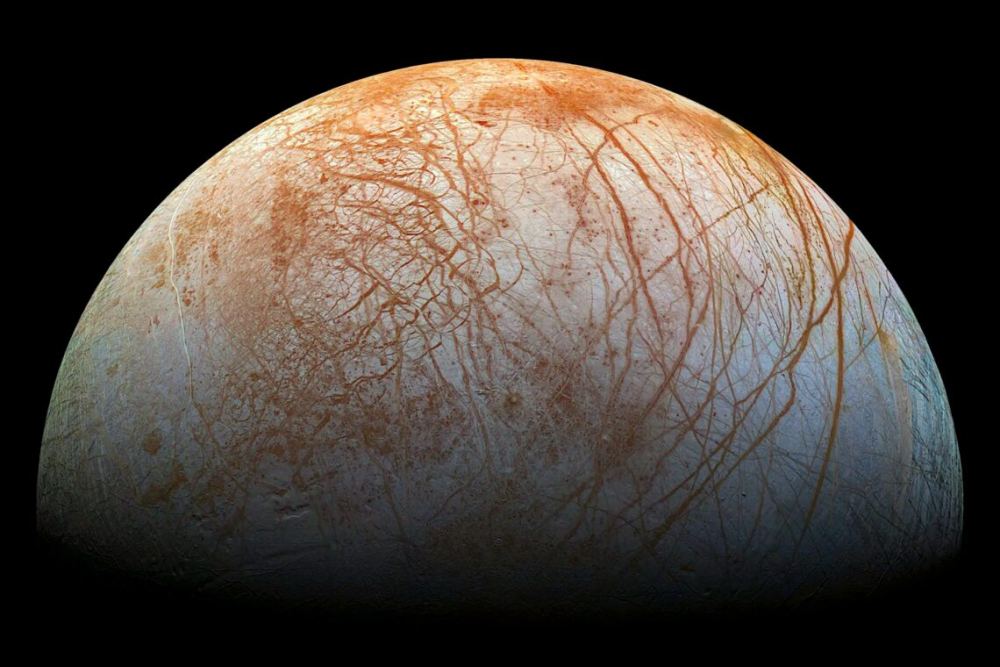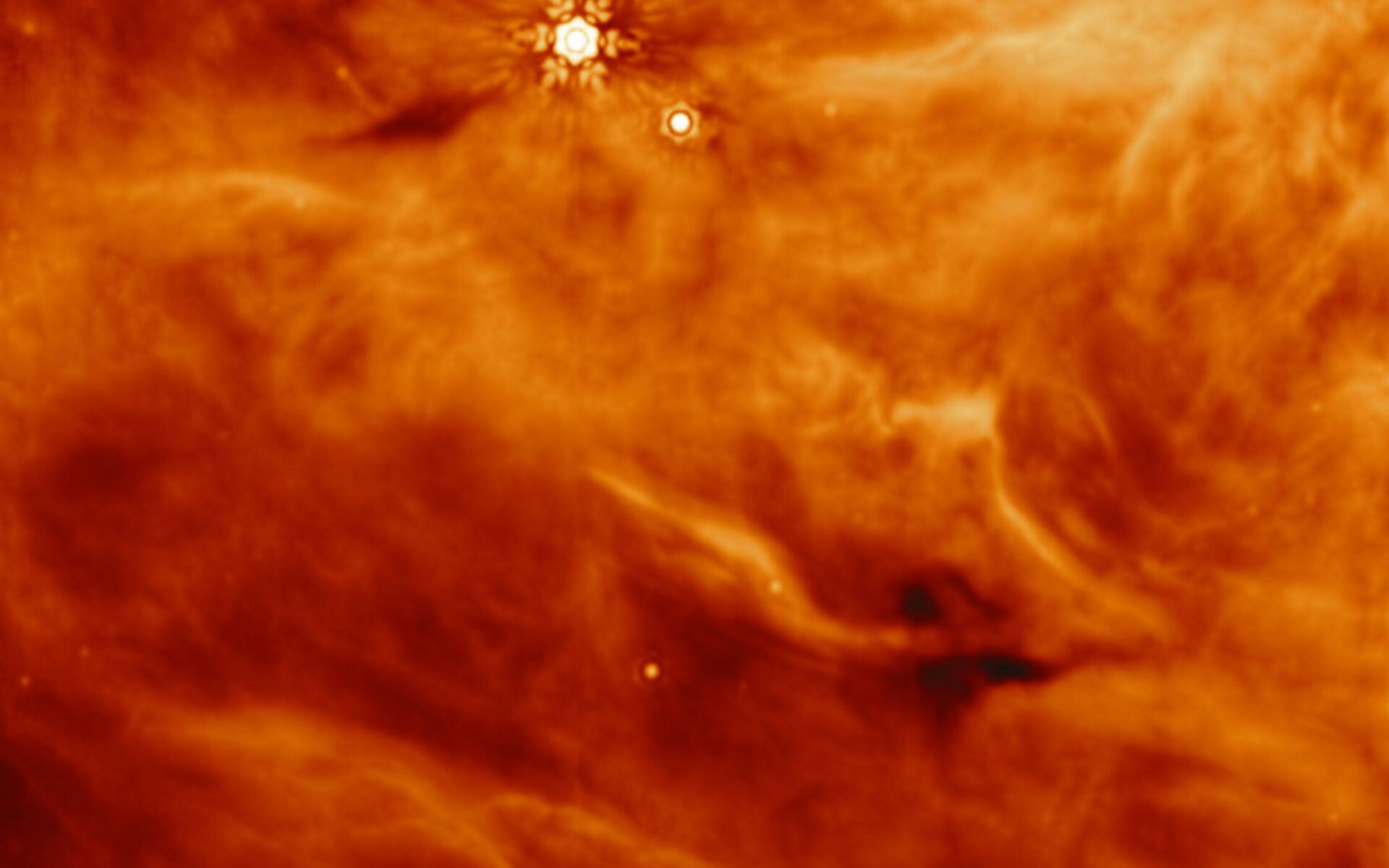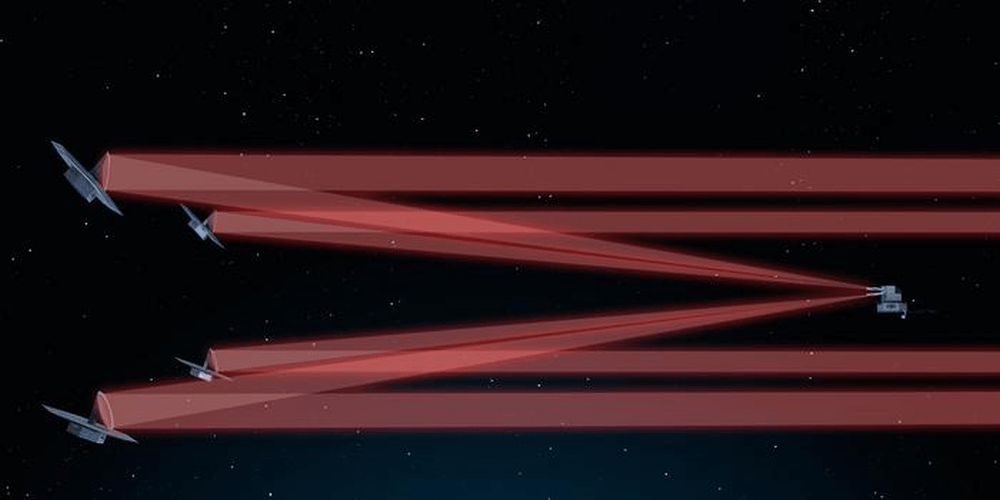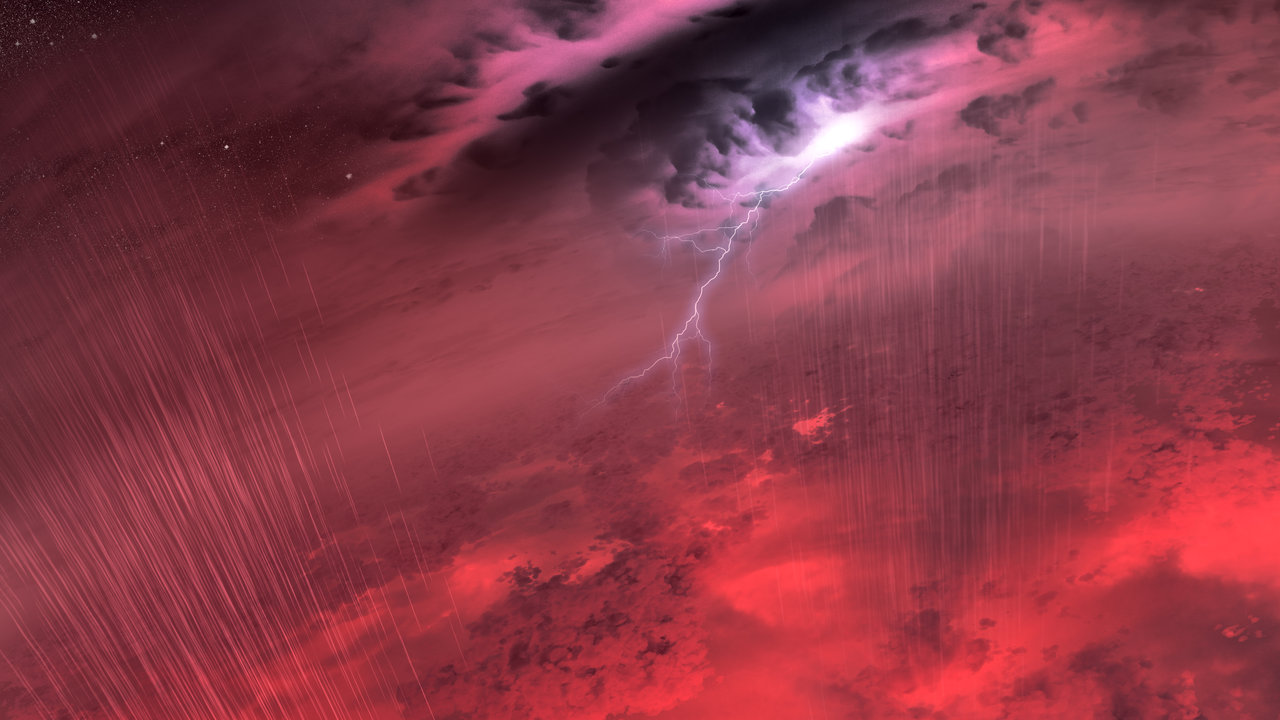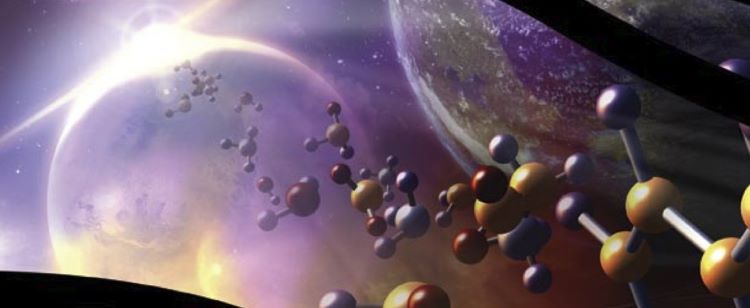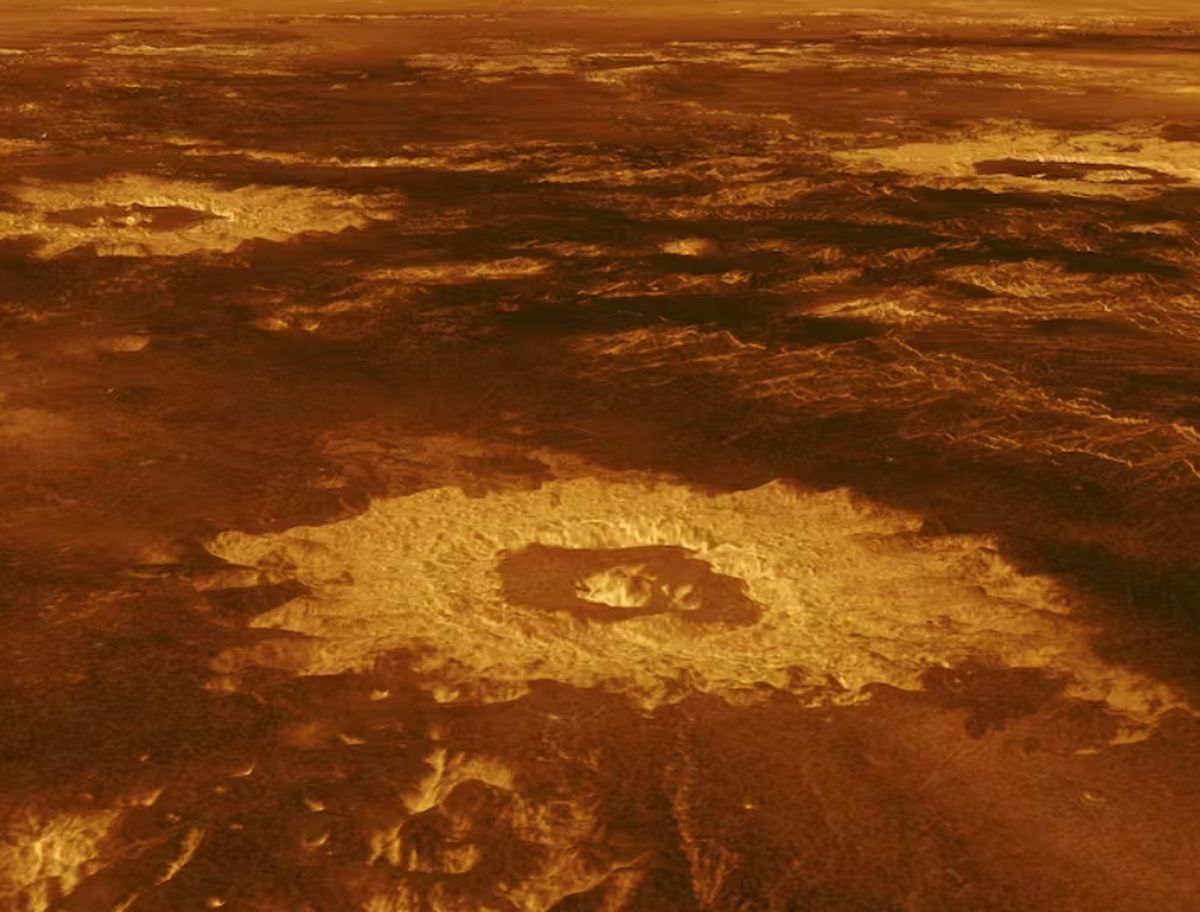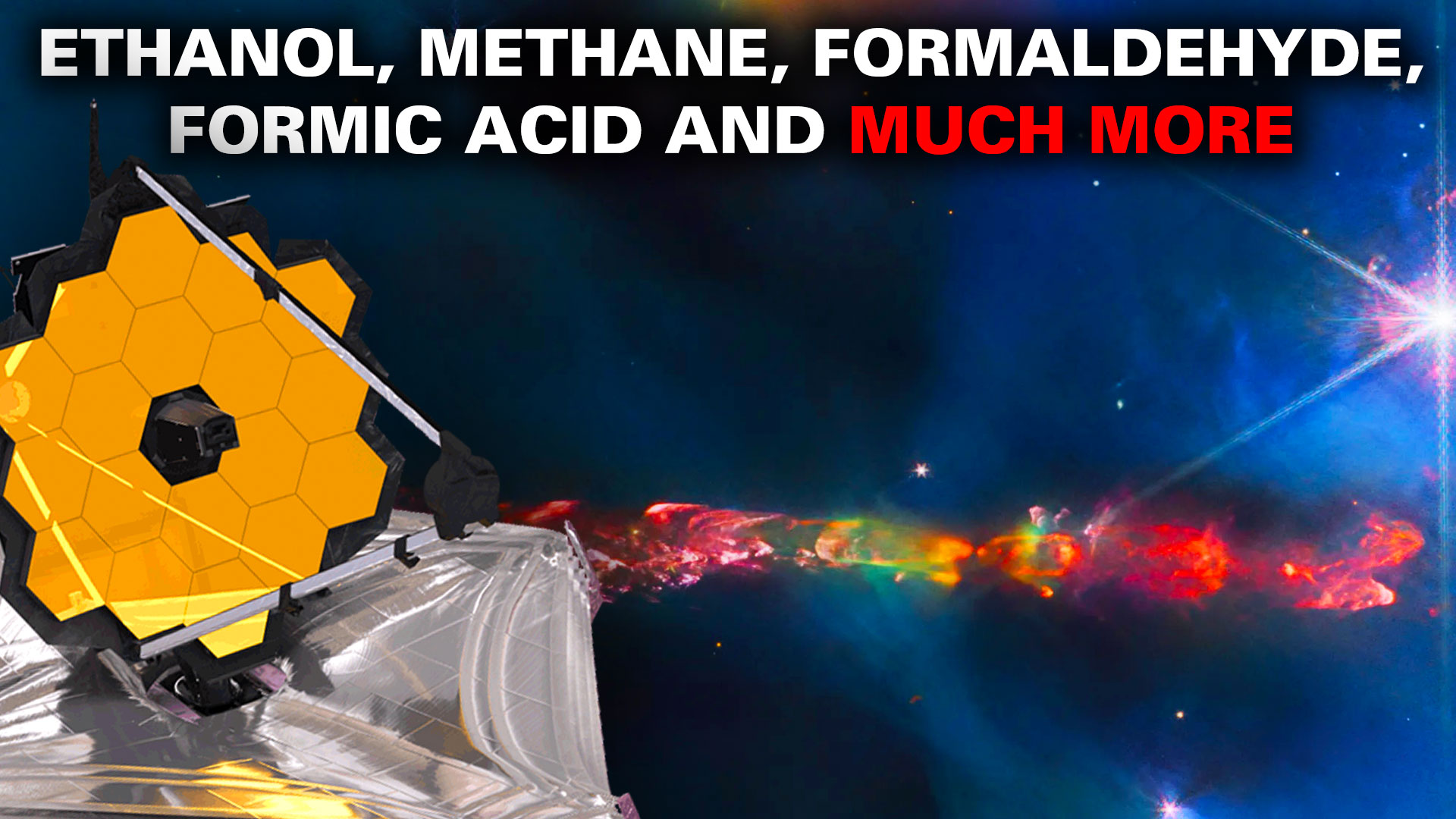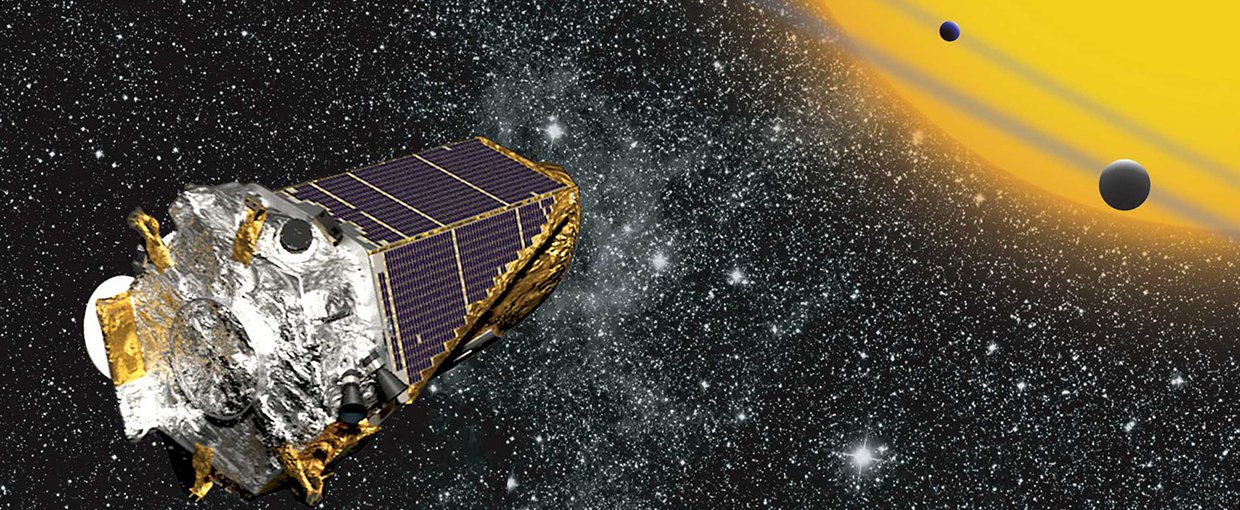In 2013, the Hubble Space Telescope spotted water vapour on Jupiter’s moon Europa. The vapour was evidence of plumes similar to the ones on Saturn’s moon Enceladus. That, and other compelling evidence, showed that the moon has an ocean. That led to speculation that the ocean could harbour life.
But the ocean is obscured under a thick, global layer of ice, making the plumes our only way of examining the ocean. The plumes are so difficult to detect they haven’t been confirmed.
Continue reading “If Europa has Geysers, They’re Very Faint”
